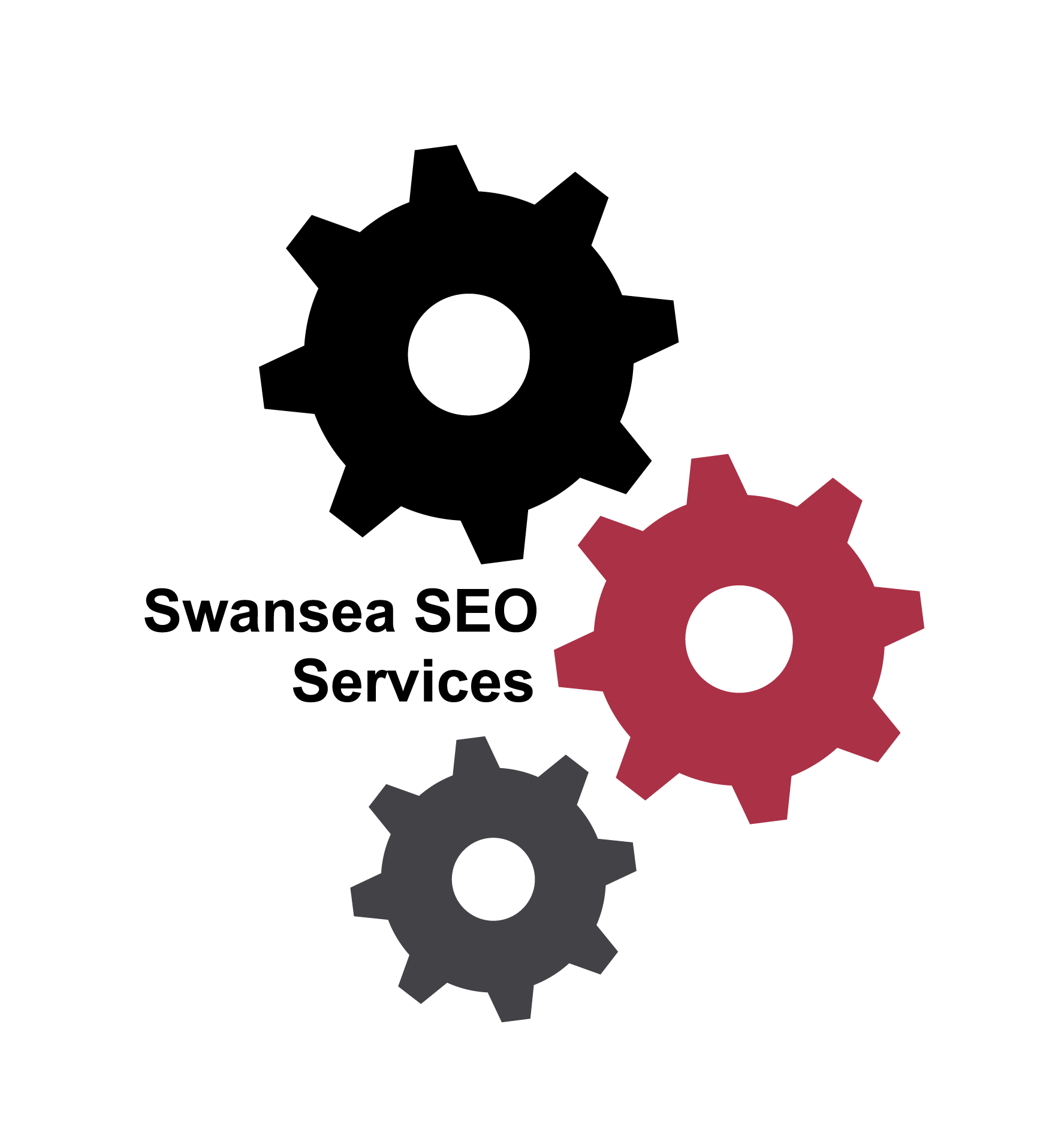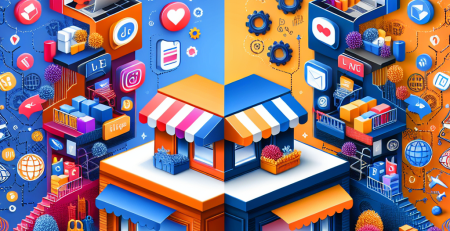There are a lot of things that you should know about designing mobile apps, and a lot of people are going to tell you not to worry about it. However, this article hope to se out the basics so that you can truly understand what can be achieved through building your own mobile app.
1. What is a Mobile App?
The first thing you should do is to create a document that describes your product. This can be a simple one-page form or a more elaborate prototype (which is what we suggest here). The document should be accessible anywhere and from anywhere, with videos, images and other content linked from it in any suitable way.
It should also be mobile-friendly. Once the document is finished and ready to go, you’ll need to make sure that any information it contains is made easily searchable. Then you can start thinking about what kind of features you want to include in your mobile app; this involves looking at the kinds of things that are already built into iOS, such as iTunes Connect (the store for Apple’s iOS apps) and Google Play (the store for Android apps).
2. How to Get Started
If you are not a developer, you don’t need to know anything about Android or iOS. You can use it for your mobile app, but you won’t be able to make money from it. But if you are a developer, you have the potential to make a lot of money from your mobile app.
This article walks through how to get started with these platforms and how to make money from it. We also give some examples on how to market an app in various countries and different types of apps (i.e., games).
3. 4 Basic Components of an App
A mobile app is a software package that is designed to be installed on a mobile device. It serves to enhance the user’s experience, and can serve as an extension of their desktop content. Mobile apps can be created to interact with users in various ways, such as by interacting with them through company intranets, or through mobile devices.
Mobile apps are used in many different ways: they can be a secure way to manage customer data, such as passwords, credit card details, or medical records; they can even be used as an entertainment platform for social networking.
The possibilities are endless!!
The first step in creating a mobile app is to determine what you want your app to do. Decide whether you will develop it for your own personal use or whether you will sell it to another company; then decide what type of business model you would like to use (either freemium or pay-per-use) and how you plan on monetizing your product (through advertising).
And finally decide what kind of capabilities your app will have: from social network features that enable users to share status updates with their friends and family, to ecommerce tools that allow consumers to purchase products online; from games that allow users to play against one another online, all the way up until tools that help healthcare providers record and manage patient medical data.
Once you have decided on these components of your app — its purpose — it should be easy enough for you now understand how they interact with one another so that they work together well in an optimized manner towards your goal of getting users to buy into your product.
After all, if the user can’t figure out how she should use her tool then she won’t actually use it much at all! But there are still some important questions left unanswered before this ‘puzzle’ is solved:
• What is the target market?
If you don’t know this question (and most start-ups don’t), then finding out the ‘measurement problem’ doesn’t matter much because it doesn’t really matter if ‘the right people’ are using your product in order for it actually accomplish its purpose — except perhaps after launch day when more people will suddenly start using it!
So find out what type of people are using your app now and know exactly where they fall into the target market. It’s also important because this information is vital when choosing where and how much marketing budget you need so that people
4. Developing an App
This is a basic guide that outlines the basic steps you need to take in order to start developing a mobile app.
It’s not a quick read, but it does help out those who are just getting started and are looking for some practical guidelines for what to do.
5. Monetizing Your App
What are the major benefits of monetizing your app?
There are various types of monetization, each with its own pros and cons. Some of them may be more practical and technically feasible (e.g., ads) whereas some may be more time-consuming and need a high degree of technical expertise (e.g., subscription). The best way to make money from your app is, therefore, to choose the best one for you based on the reasons why you are monetizing, the means of doing so, and what you want to achieve in the end.
Mobile apps provide a compelling reason for people to get paid for playing their games or using their services. If you want to create a mobile app in HTML5 or JavaFX, there is no reason not to do it. You don’t need any programming skills, just some basic understanding of web development concepts such as HTML, CSS and JavaScript. With these tools at your disposal, all you need is a little creativity — or just basic instinct — to see how it can be done. You will probably find that getting started with HTML5/JavaFX is actually quite easy.
6. Conclusion
Many businesses have been paying for these services for years, and have made a pretty good living from them, yet they still struggle with the basics.
The problem is that these services simply can’t help with some of the basics:
• Who your audience is
• What they like or don’t like
• How they use your product, otherwise known as “the user journey”
This is where analytics can really help: it tells you what people are doing on your app. The more you understand their actions, the better you can get at understanding them (and what makes them do those actions). It also helps companies figure out which parts of their product should be redesigned or rethought (or why), and which ones should stay exactly as they are (which is the most time-consuming part).
So, how do we get started? I’ve put together this guide to get you started. You need two things: an app idea and a budget. Just kidding! I don’t really want to spend money on apps…but if I do spend money on apps then I will make sure my guide is completely free (it will cover all aspects of creating an app) so that’s what we’ll focus on today.
For now, let’s start with the basics:
• What is an app?
An app is something that lets people easily do things without having to type in long strings of text or hunting down all sorts of arcane information in an unknown place — it’s got a name and icon so people can recognize it instantly when they see it. It usually has some kind of function like sending email or booking flights or making payments, but there are plenty others out there too.
• What does analytics mean?
Analytics means looking at data about your users’ behavior on your site/app/whatever else — from when they visit your site/app/whatever else to how long they stay there — to see how well your site/app/whatever else works for them over time.
Part of what makes analytics interesting is that once you’ve done this analysis you can use it as data points towards improving future efforts; that way if you optimize something then maybe other people will too…and if someone learns something then maybe other users will too!







Leave a Reply
You must be logged in to post a comment.